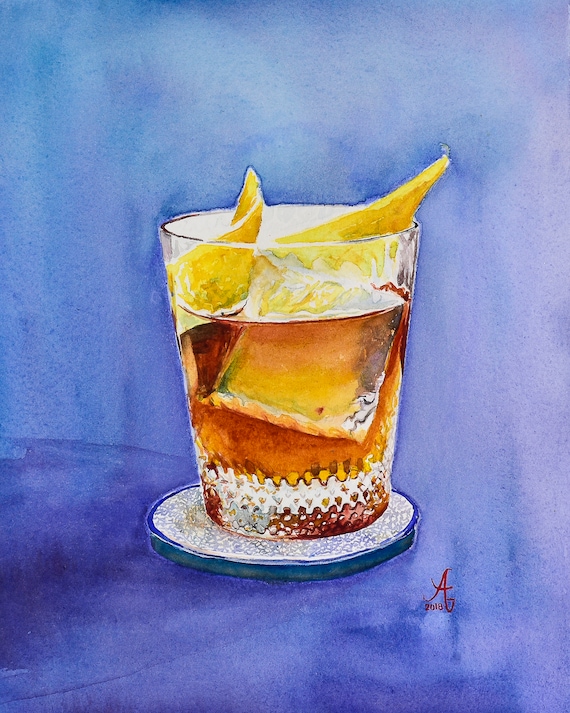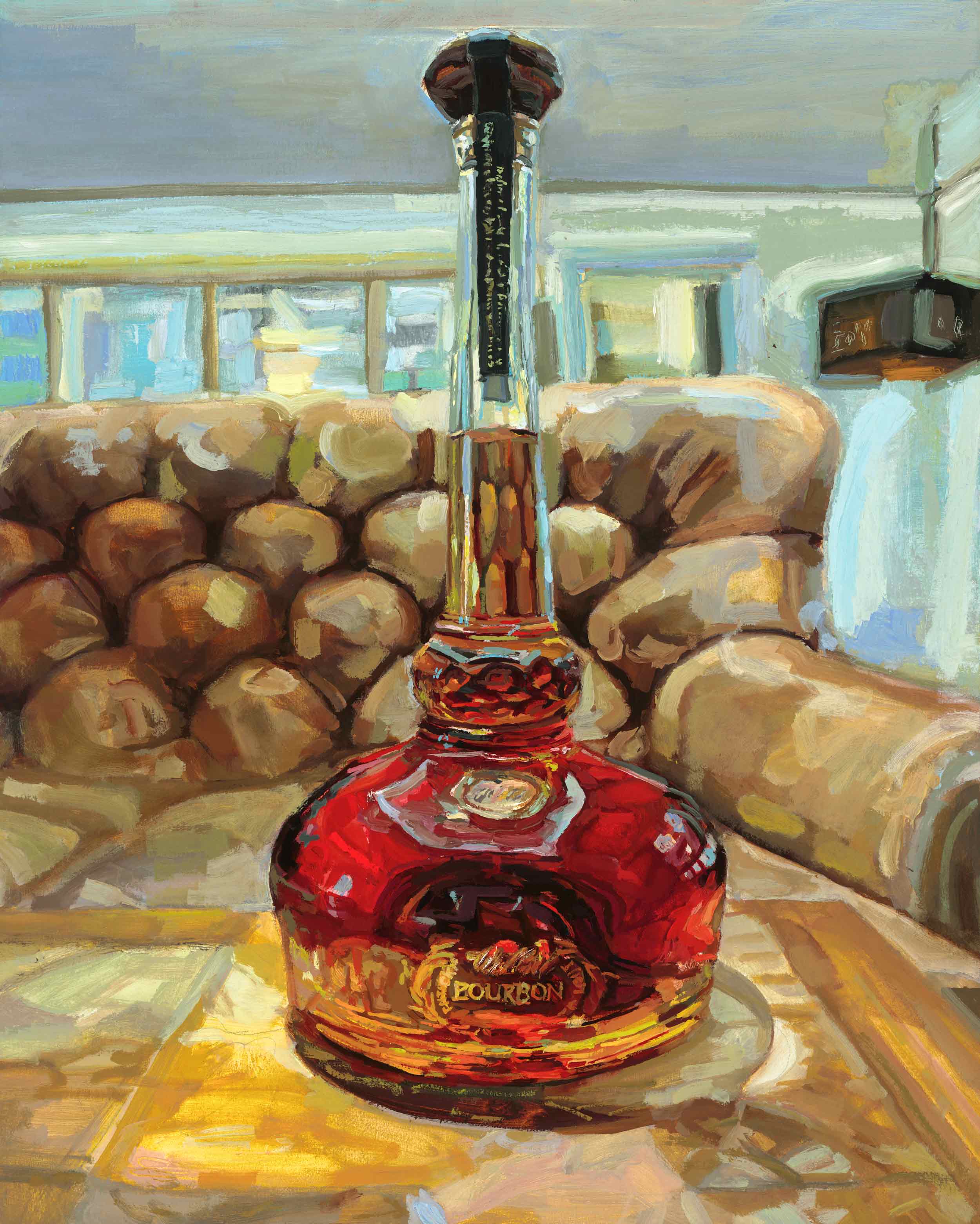Whiskey Art: Catching the Significance of Distillation in Every Brushstroke
Wiki Article
The Significance of Whiskey Art in Celebrating Heritage and Workmanship in the Beverage Sector
The complex connection between bourbon art and the event of heritage and workmanship within the drink industry can not be overemphasized. With thoughtfully developed bottles and tags, bourbon brand names encapsulate their historical roots and the artisanal skills that specify their manufacturing techniques. This creative measurement not only boosts market appeal but also acts as a channel for social narration, promoting a deeper link in between the craft and the customer. As we explore the various elements of this subject, appealing inquiries about the influence of modern trends on traditional methods emerge, prompting additional examination.The Historical Roots of Whiskey
At the heart of scotch's attraction exists an abundant tapestry of historic roots that map back to old worlds. The beginnings of whiskey can be linked to the distillation practices of the Sumerians and Babylonians around 2000 BCE, where very early kinds of fermented grain beverages began to emerge. It was in the Center Ages that the art of distillation progressed significantly, specifically in Ireland and Scotland, leading to the development of bourbon as we know it today.
The term "bourbon" itself stems from the Gaelic word "uisce beatha," implying "water of life." This phrase underscores the social relevance of whiskey in Celtic cultures, where it was commonly related to routines, parties, and public bonding. By the 15th century, purification became an acknowledged craft within monastic neighborhoods, leading the method for the establishment of lawful distilleries.
As trade routes increased, bourbon's popularity expanded, going beyond regional limits and catching the rate of interest of connoisseurs worldwide. Whiskey Art. This historic trip mirrors not only the workmanship behind scotch production but additionally its integral function in cultural and social contexts, marking it as a substantial beverage throughout history
Artistic Expression in Branding
Scotch branding stands as a compelling junction of virtuosity and commerce, where aesthetic identity plays a critical role fit customer perception. The looks of scotch labels, product packaging, and marketing materials reflect not only the brand's tale yet likewise its core values and heritage. With artistic expression, distilleries share a story that reverberates with consumers, stimulating feelings and triggering links.Using color, typography, and images in branding serves to differentiate items in a saturated market. For example, conventional motifs might evoke a sense of credibility and craftsmanship, while modern-day layouts can represent advancement and forward-thinking. This tactical artistic instructions enhances brand acknowledgment and loyalty, enabling customers to build an individual partnership with the whiskey they choose.
In addition, artistic expression in branding usually works as a celebration of local heritage. Distilleries regularly include regional symbols or historical referrals right into their styles, producing a local color that invites consumers to take part in a broader social experience. Eventually, the artistry behind whiskey branding not only boosts visual appeal yet also improves the total story of the brand name, fostering a deeper recognition for the workmanship and heritage ingrained in each bottle.
Craftsmanship in Container Layout
The virtuosity obvious in whiskey branding expands past visual identity to incorporate the workmanship entailed in bottle layout. Each container acts as a vessel not just for the spirit within, however likewise for the special info tale it tells regarding its high quality, practice, and beginning. The layout process requires meticulous attention to information, as elements such as form, closure, and product contribute significantly to the total understanding of the scotch.Workmanship in bottle layout entails choosing high-quality glass that can enhance the whiskey's shade and clearness, while also offering a tactile experience for the consumer. The shape of the bottle must be both cosmetically enticing and practical, often mirroring the heritage of the brand. Lots of distilleries choose for distinct forms or printed logos that evoke a feeling of credibility and history.
Moreover, the label layout and typography play a critical role in interacting the brand's narrative. Limited Edition. A well-crafted container not just astounds the customer's eye yet additionally reinforces the brand name's dedication to top quality and tradition. By doing this, the craftsmanship of bottle style becomes a vital element of the whiskey experience, merging virtuosity with an extensive respect for heritage
Social Importance of Scotch Art
Commemorating tradition and craftsmanship, the social value of scotch art goes beyond plain appearances, linking with the historical and social narratives of the regions from which it stems. Each bottle acts as a canvas, showing the unique stories, mythology, and traditions that have actually shaped local whiskey-making methods. The elaborate designs frequently reflect the heritage of the distillers, incorporating icons and themes that reverberate with the society and values of their communities.
Additionally, bourbon art plays an important function in communal celebrations and parties, working as a tangible link between individuals and their shared experiences. By valuing the creativity in whiskey packaging, customers cultivate a much deeper understanding and respect for the craft, ultimately enriching their enjoyment of the beverage itself.
Modern Trends in Bourbon Discussion
In recent times, the presentation of bourbon has developed to mirror contemporary preferences and trends while still recognizing conventional workmanship - Limited Edition. Distilleries are significantly concentrating on visual components that improve the general drinking experience, bridging the void in between heritage and modernityInnovative container layouts have arised, typically incorporating sustainable products and creative tags that tell compelling stories. Numerous brands currently team up with regional artists, infusing their items with distinct visual expressions that resonate with customers. In addition, limited-edition releases are commonly packaged in collectible containers, including value and appeal for lovers.

Final Thought
In final thought, whiskey art offers as a crucial conduit for sharing the heritage and craftsmanship inherent in the drink industry. With complex branding, ingenious container designs, and culturally considerable artistic components, bourbon brand names successfully honor their traditions and attach with customers.

Craftsmanship in container layout entails selecting top notch glass that can boost the scotch's shade and clearness, while also offering a responsive experience for the customer. In this means, the craftsmanship of container layout becomes a crucial element of the whiskey experience, merging artistry with an extensive regard for heritage.
In conclusion, scotch art serves as an important channel for expressing the heritage and workmanship integral in the drink industry.
Report this wiki page